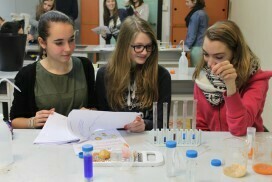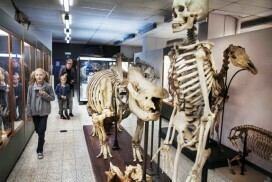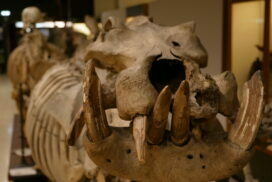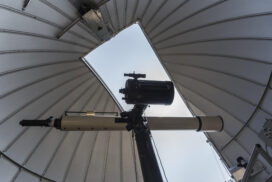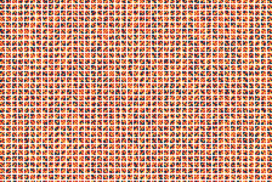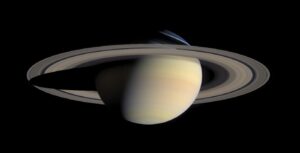Saturn: the ringed giant
Author: Karan Dsilva
Type: Gas giant
Rotation Period: 10 hours and 33 minutes
Revolution Period: 29.5 Earth years
Orbit: Saturn follows an elliptical orbit around the Sun, at a distance ranging from 1.35 to 1.51 billion km (9 to 10.1 times the distance from Earth)
Radius: 58,232 km
Surface Gravity: 10.4 m/s², so a 70 kg person would feel like they weigh 73.3 kg on Saturn (if there were a solid surface to stand on)
Main Composition: Primarily hydrogen and helium, with traces of methane, ammonia, and other gases
Historical Facts
Saturn, the second-largest planet in the Solar System, is one of the most visually striking objects in the night sky. With its vast ring system and golden hue, it has fascinated astronomers for centuries. As one of the five planets visible to the naked eye, Saturn was well known to ancient civilizations. The Romans named it after Saturnus, the god of agriculture and time, reflecting its slow movement across the sky – it takes nearly 30 years to complete a single orbit around the Sun.
Physical Characteristics
With a radius of about 58,232 km, Saturn is over nine times the size of the Earth, yet it is the least dense planet in the Solar System. Composed mainly of hydrogen and helium, its density is so low that it would float if placed in a vast enough ocean. Beneath its thick atmosphere, Saturn lacks a solid surface, with pressure increasing until gases transition into a liquid metallic core. The planet’s fast rotation, completing one full spin in just 10.5 hours, flattens it at the poles and causes fierce winds that can reach speeds of 1,800 km/h – far faster than any storm on Earth.
The Ring System
Saturn’s most iconic feature is its extensive ring system, which stretches over 280,000 km in diameter but is less than a kilometer thick. Made of countless ice and rock particles ranging from tiny grains to massive chunks, the rings are divided into multiple bands, with gaps caused by the gravitational influence of Saturn’s moons. While Saturn’s rings appear solid from afar, they are actually a collection of orbiting debris that may have originated from a shattered moon or leftover material from the planet’s formation.
Moons of Saturn
Beyond its rings, Saturn is host to a complex system of moons – over 80 confirmed so far. Titan, the largest, stands out as one of the most Earth-like worlds in the Solar System. With a thick atmosphere composed mainly of nitrogen, Titan has liquid methane and ethane lakes, rivers, and seasonal weather patterns. Its dense haze conceals a landscape that may harbor the chemistry necessary for prebiotic life. Enceladus, another moon, draws scientific interest due to its subsurface ocean and geysers that spew water vapor into space, hinting at the possibility of an underground environment suitable for life.
Saturn’s Orbit and Exploration
Saturn follows an elliptical orbit, with its distance from the Sun varying between 1.35 and 1.51 billion km (9 to 10.1 AU). Its axial tilt of 26.7 degrees gives it seasons, but they last over seven Earth years due to the planet’s long revolution period. Saturn’s motion was never a mystery in classical mechanics, but its rings and moons have continually surprised scientists.
The Cassini Mission
The Cassini spacecraft, which orbited Saturn from 2004 to 2017, revealed intricate details about its storms, magnetic field, and the composition of its rings, revolutionizing our understanding of the gas giant. Even after Cassini’s deliberate plunge into Saturn’s atmosphere, the planet remains an active target of exploration, holding secrets that future missions aim to uncover.


